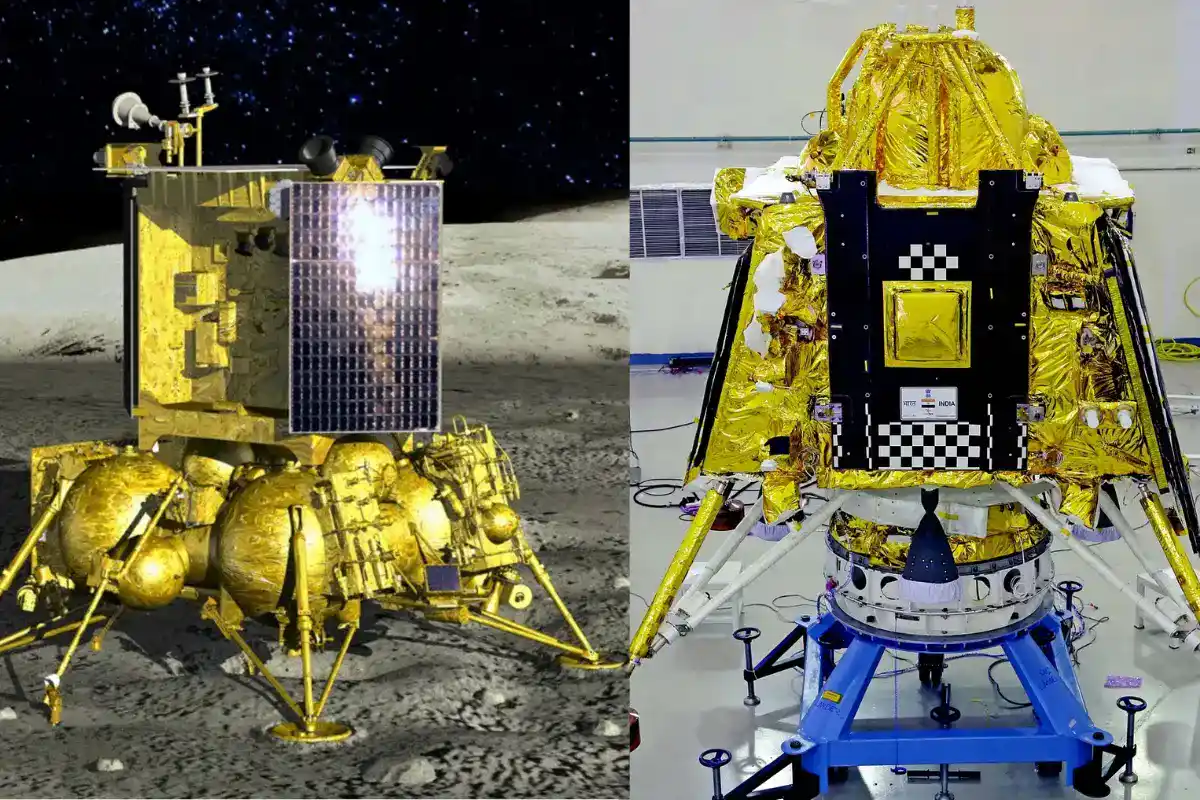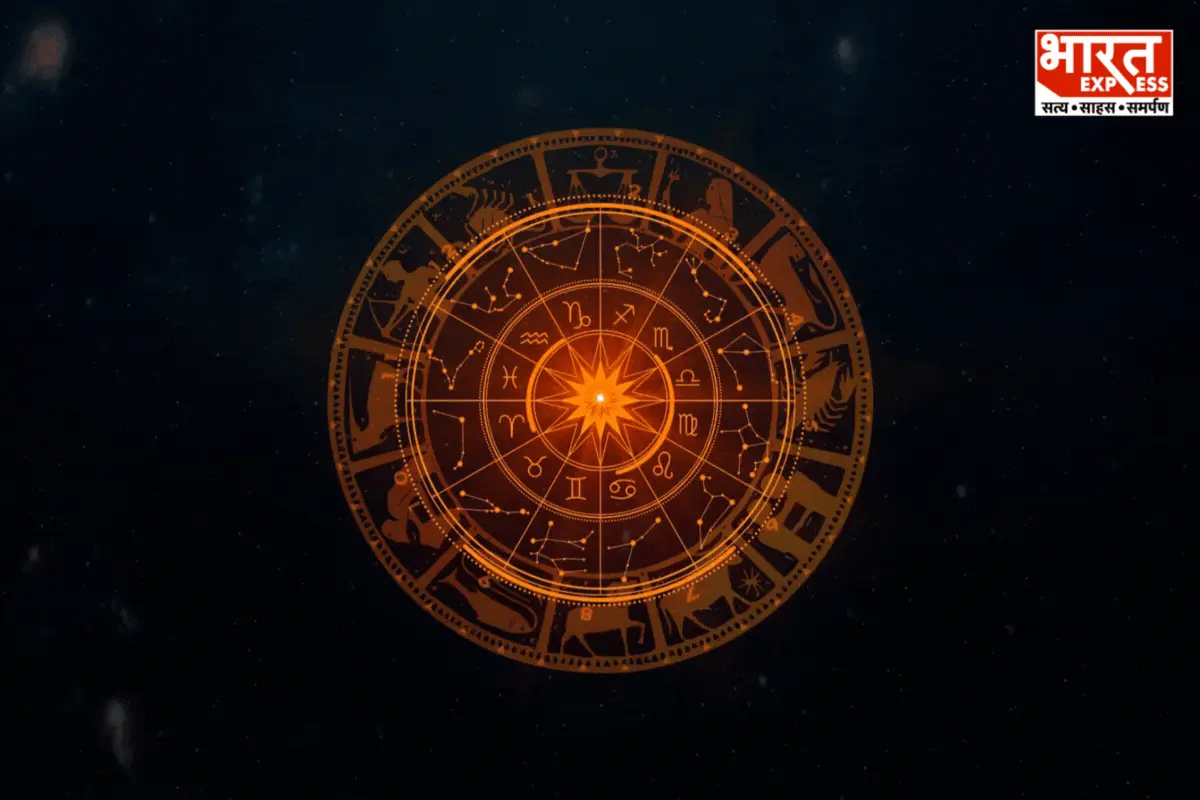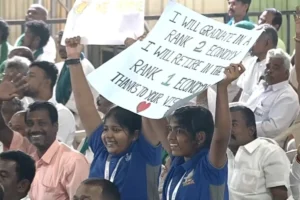
The Russian Luna-25 spacecraft is on track to make the first lunar landing just two days before India’s Chandrayaan-3 mission. Both missions are traveling towards the Moon’s uncharted southern pole. On schedule to make Luna-25’s lunar landing on August 21, the Russian moon mission. It is believed that the unexplored southern region has water ice that could be utilised for a lunar colony or for upcoming moon expeditions.
First foothold race
While Chandrayaan-3 was launched by the Indian Space Research Organisation (ISRO) on July 11, Russia’s spacecraft began a more direct trajectory to the Moon on August 11 in an effort to gain the first historic foothold.
However, Chandrayaan-3 and Luna-25 are expected to land only a few days apart. While Luna-25 is supposed to touch down on August 21, Chandrayaan-3 is supposed to land on August 23–24.
A landing on the lunar south pole is anticipated to be challenging because to the rough terrain. India’s moon project Chandrayaan-2 made an earlier attempt in 2019 that ended in a crash not far from where Chandrayaan-3 will make its touchdown attempt.
Also read: Chandrayaan 3 Inches Closer To landing, Know What lies Ahead In Upcoming Week
On Wednesday, the Luna-25 became the first Russian spacecraft to do so since 1976. It will try to function for a year on the south pole, where NASA and other space agencies have recently found evidence of frozen water in the craters. It is about the size of a compact vehicle.
Deboosting successfully completed
Regarding Chandrayaan-3, the Indian space agency reported that the Lander Module’s health is normal and that a deboosting procedure to bring it closer to the Moon was successful. The health of the Lander Module (LM) is normal. Deboosting was successfully completed on LM, resulting in a 113 km by 157 km orbit. According to a tweet from ISRO, the second deboosting operation is planned for August 20, 2023, at about 02:00 IST.
Also read: Union Minister Jitendra Singh Shares Updates On Chandrayaan-3
Deboosting is the process of slowing down to get oneself in an orbit where the Perilune, the point closest to the Moon, is 30 km away and the Apolune, the farthest point, is 100 km away.
The first results from the Russian spacecraft’s journey to the Moon have been produced, and they are currently being examined. The third-deepest crater in the Moon’s southern hemisphere, Zeeman, has also been photographed by Luna-25.
To read more such news, download Bharat Express news apps


















